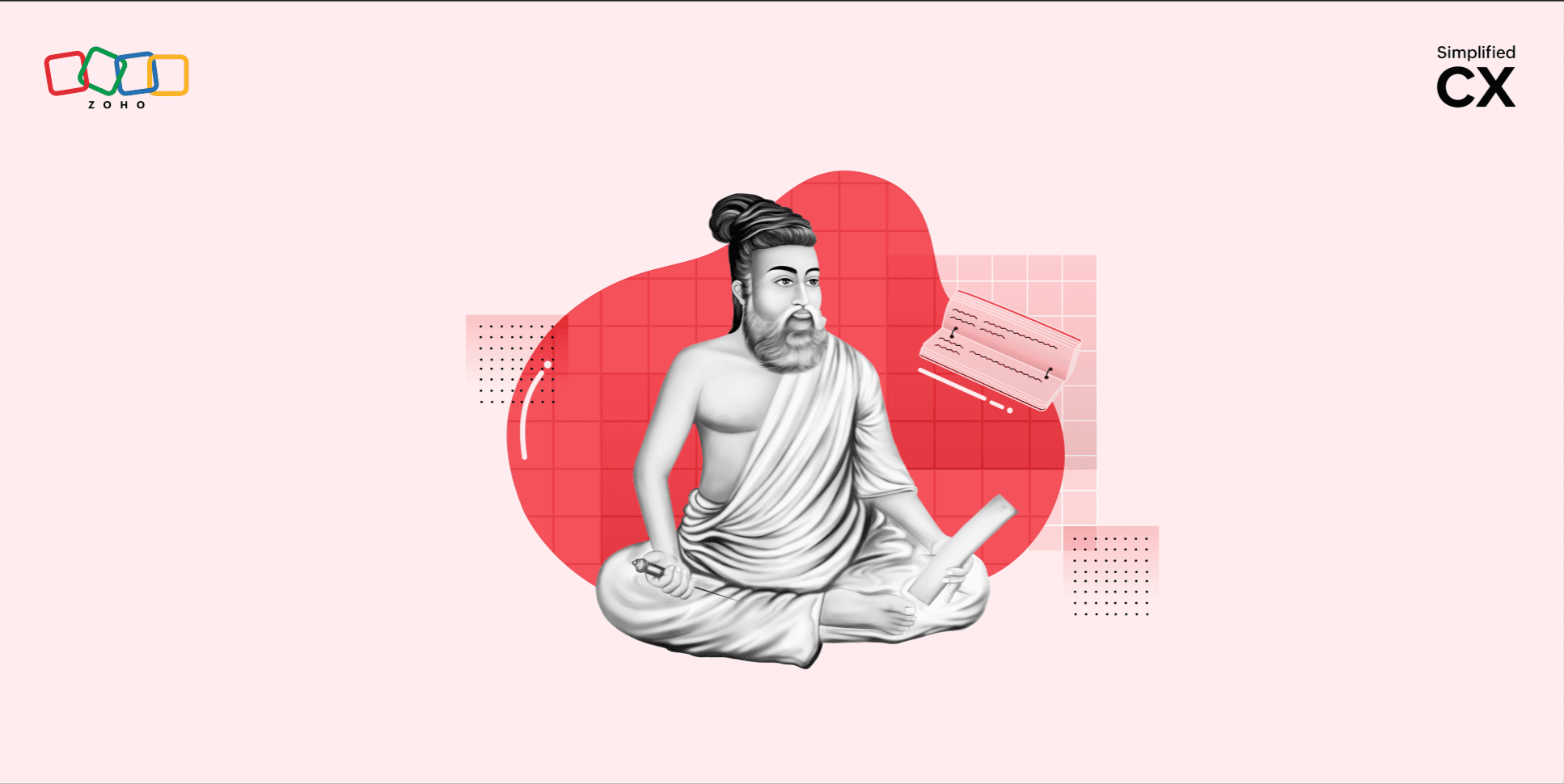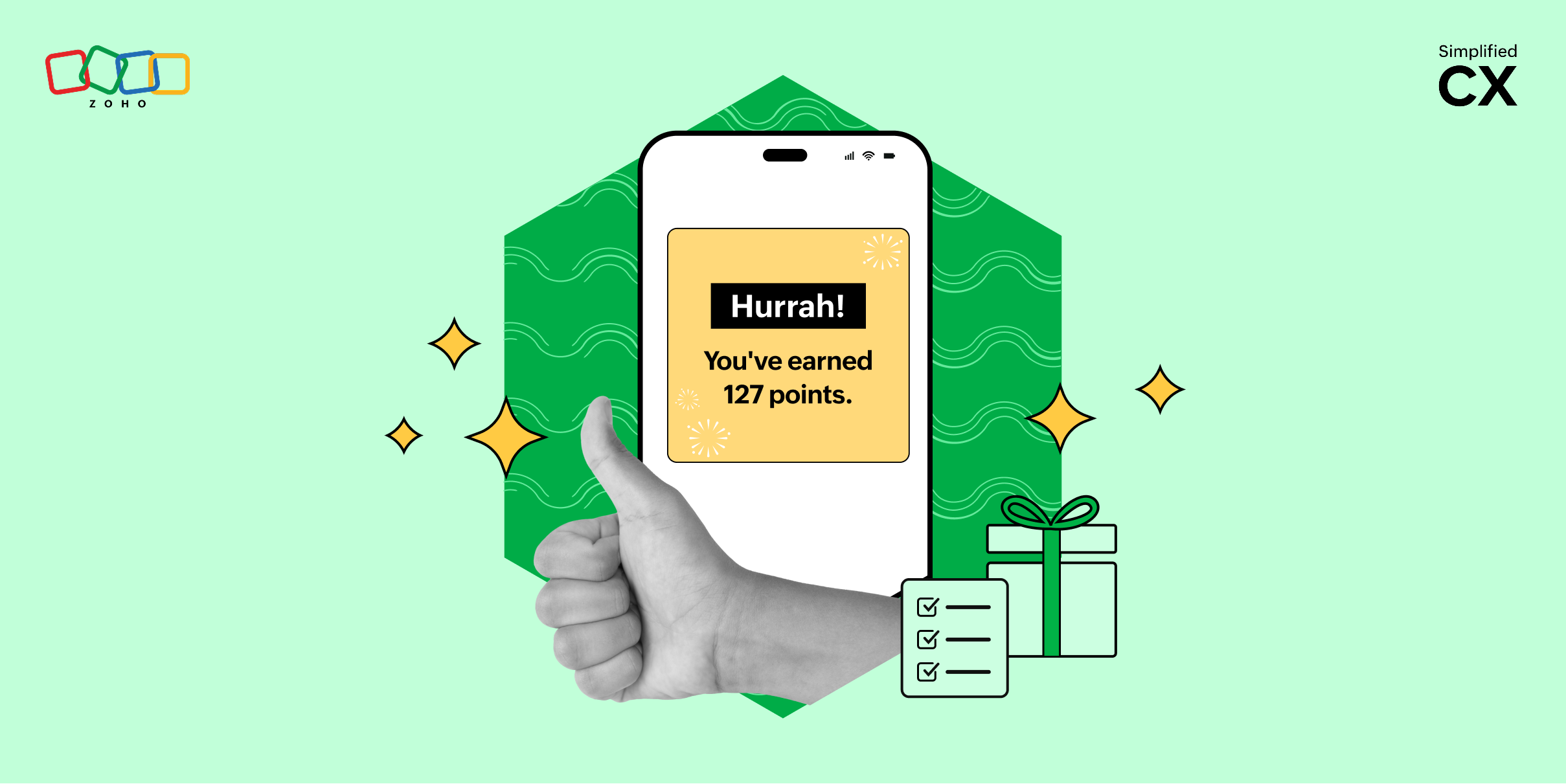Know thy customer - Lessons from real-world businesses
- Last Updated : May 2, 2024
- 204 Views
- 5 Min Read

There's a great quote often misattributed to Lao Tzu, an ancient Chinese philosopher, which provides incredible practical advice on how to be an effective leader: "Go to the people, live with them, learn from them, love them, start with what they know, build on what they have." Though these words are aimed at individuals, there's a lesson here for businesses as well. After all, businesses are also made by people and for people, aren't they? Replace "people" with "customers," and this quote could seem like it came from a management guru and not a philosopher!
For the sake of this article, let's just take these two phrases from the quote: "learn from them" and "start with what they know." Applied to business, this would entail learning about and knowing your customers and applying that knowledge to whatever solution you build for them. The caveat here, however, is that this process of acquiring knowledge from customers and incorporating it into your solutions must be ongoing and not a one-time exercise.
There are two ways a business germinates: there's a new radical idea that no one has ever thought of, or there's a solution for a long-standing problem. If your business belongs to the first type, your research into customer expectations and needs begins only after they start using your offering. However, if your business belongs to the second type, your research should ideally begin before you start working on the solution. What are the different challenges that your customers face? How often does the problem occur? How do they solve it currently? What are the primary outcomes they want to achieve? Finding the answers to these questions can help you deliver exactly what your customers want and thereby become an industry leader.
In this article, we'll look at three world-renowned brands and how their customer research, or the lack of it, made a difference to their growth story.
Learn from them
Let's start off with an example from India. Tata Motors, a leading automotive manufacturer, started under the name Telco, back in 1945. Four years later, a gentleman named Sumant Moolgaokar entered the company as director-in-charge and went on to become its CEO. There's a highly inspiring story relating to this gentleman.
It's said that once in a while, he'd skip lunch at the company's headquarters and go elsewhere to eat. At first, it was speculated that he was having fancy meals with some of the company's dealers. Later, it turned out that he was actually spending time at roadside eateries, lunching with truck drivers, and learning from them firsthand about the issues they were facing with his company's trucks. The feedback he received from them helped the company fine-tune its vehicles and keep delivering exactly what its customers wanted. This level of customer obsession and commitment that he demonstrated is one of the key reasons the company has reached great heights (it acquired Jaguar and Land Rover in 2008) and continues to be a leader in the Indian auto industry.
Start with what they know
While the Tata Motors example shows why it's important to talk to customers directly, here's one that shows why it's important to learn about customer behavior and priorities first. This example is also from India but involves a more familiar brand—Kellogg's.
Kellogg's entered India in 1994 with the modest ambition of capturing just 2% of the Indian market. However, a year later, they realized they were able to capture only less than 0.01% of it. So what exactly went wrong for the company, which enjoyed a 40% share in the ready-to-eat cereal market in the US?
One of the main reasons was that the majority of Indians weren't—and still aren't—used to having a cold dish for breakfast. Add to this the fact that the breakfast habits and dishes of the country vary widely from one place to another, which meant Kellogg's Cornflakes was a radical new introduction to the Indian palate. Nevertheless, once the company figured out these nuances and tweaked both its offering and messaging to suit its target audience, it achieved the success it was looking for.
Build on what they have
The first two examples had a very positive ending, but this one, not so much. It's all the more sad if you're a Gen-X or a Gen-Y person because this brand was a household name and THE leader in its vertical until about 15 years ago. If you haven't guessed the brand yet, it's none other than Nokia.
Until the iPhone and the Android OS came into the picture, Nokia was one of the front runners in the worldwide mobile phone market; it enjoyed a market share of 49.4% in 2007. They blindly believed that their dominance in the market wouldn't be shaken, but nothing could have been further from the truth. By the late 2000s and early 2010s, customers started enjoying the convenience that the iOS and Android platforms offered. They were getting a wider range of apps, and the Symbian OS that powered Nokia was lagging.
After a brief tryst with Microsoft's Windows Phone OS, Nokia eventually jumped on the Android bandwagon, but it was too late by then. Customers had moved on fully to either the iOS faction or the Android faction, and Nokia had to play catch up. Had Nokia kept a pulse on the fast-changing expectations of customers and built on what they had at their disposal, its story might have ended differently. They believed their reputation was enough for customers to stick with them, and customers showed them that wasn't the case. The only silver lining in this story is that, unlike Blackberry, which made a similar monumental blunder, Nokia is still in the mobile phone market and putting up a fight.
The bottom line is that customer expectations keep changing. If they've chosen your solution, it only means that they trust you for the time being. The onus is on you to sustain that trust by keeping pace with the changing expectations of customers, and to do that, you need to know your customer better.


